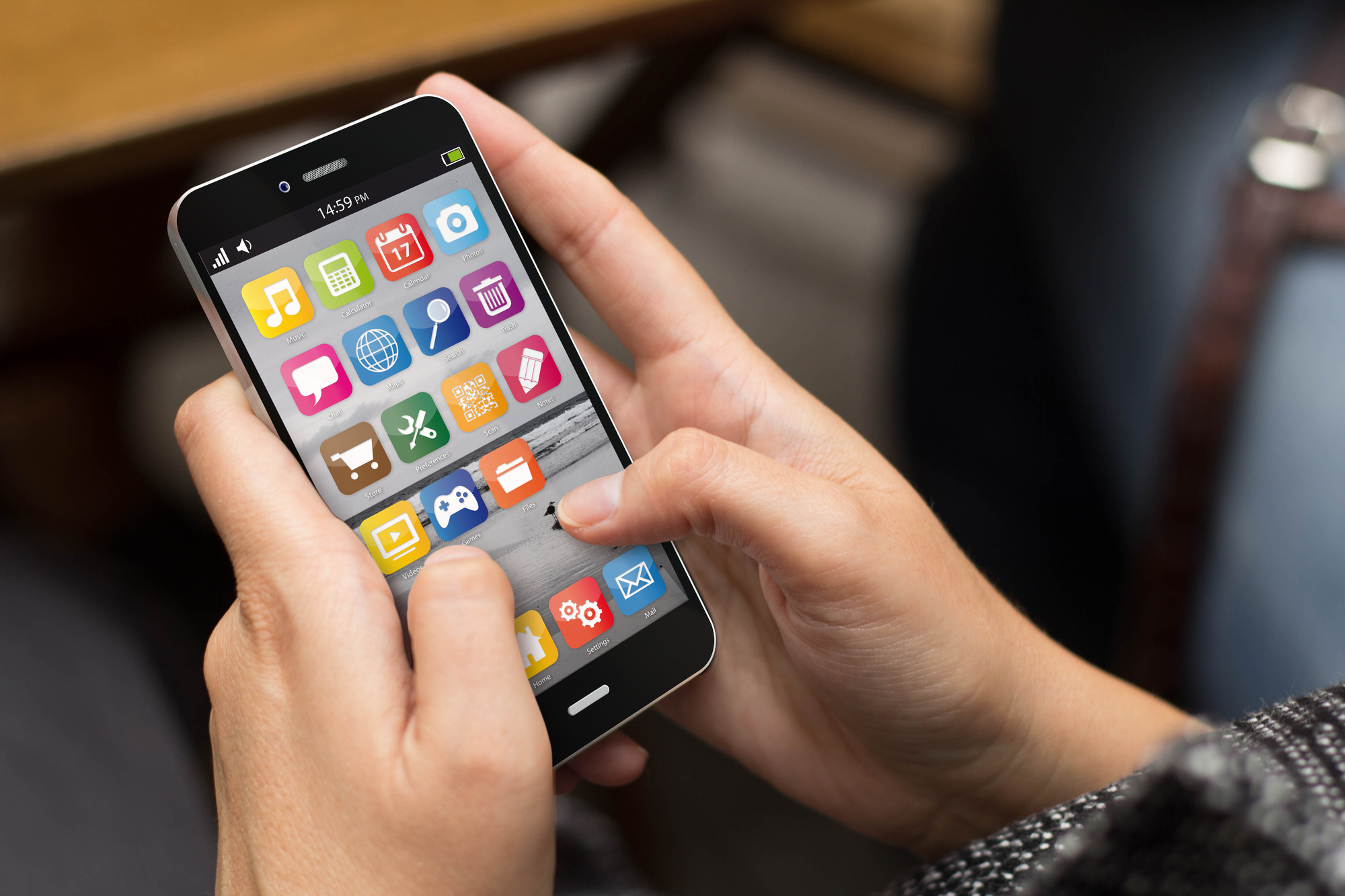By now, producing and maintaining a mobile app isn’t an option. It’s a necessity. When using mobile devices, 86% of users’ time is spent on apps rather than the web.
That’s for good reason. They’re fast. They’re reliable. They’re to-the-point. Most prefer the sheer convenience that an application offers, so they don’t have to scour a website.
To stay competitive, you need to ensure your software is able to run smoothly. As many of us already have limited storage, we don’t hesitate to delete apps that malfunction.
So, if you’re in the early stages of development, we want to help out. Here are some tips for designing phone apps that are fast and user-friendly.
Keep It Simple, Stupid (KISS)
Remember that cheesy acronym they made us learn in our elementary math classes? Yeah, we’re throwing it waaaay back.
Well, the same principle applies here. When you overcomplicate your app with unnecessary user interfaces, you’re going to see a huge drop in downloads.
The whole purpose of phone apps is to simplify and make life easier for the user. Do they have to take 4 steps on your platform rather than 2 on somebody else’s? If so, they’re going to go to your competitor.
Would it make sense to implement device-triggered location like this website? Could you include an auto-checkout button? Instead of describing a problem, could users take a picture?
When building your app, think of what elements could ease one’s experience. Try to reduce how many touchpoints a person must go through to complete a function.
Battery Life & Storage
We don’t know about you guys, but we sure hate getting those “memory full” notifications. And, don’t get us started on a dead battery.
These two elements are also widely important to any user. When designing a mobile app, make sure you’re prioritizing these over fancy features and other inessentials.
According to a study, 75% of app-related battery drainage can be blamed on digital ad networks. Microsoft and Purdue University conclude that this is most common in free versions of apps.
Often times, advertisers pay companies for data from app downloads.
We get it. Especially for apps that offer a source of free entertainment, it can be tempting. Even Angry Birds and New York Times are guilty of using these strategies to generate more income.
But, we would recommend limiting this as much as possible because of how it impacts the user. They will notice the decline in battery life and they won’t hesitate to delete you.
Engagement
For social-networking phone apps or ones that rely on a marketplace, there needs to be a heavy user presence. You could have the greatest new app but without an adequate amount of users, it’s worthless.
That’s because your product or service is essentially driven by user-generated content. Guests expect to see certain levels of content in these cases, and if that isn’t the case, your app loses purpose. They will immediately become disengaged.
Think of Uber or Lyft. If there aren’t drivers around to pick up passengers, what is the point for the user?
To avoid this problem, launch your app in a very niche, controlled setting. Give a closed-group of users the ability to test out your features and functions and go from there.
You can then begin to add more customer groups until it becomes widespread. Increasing by segments will likely extend your launch period. But, it will keep you from diving in too fast.
Information Overload
As we mentioned before, your user doesn’t want to jump through hoops to complete an action. Sure, in many instances, it’s necessary to gather information to create a profile and what not.
But, when the app is first downloaded, you don’t want to bombard your user with tasks. It’s okay to ask for some of the basics, i.e. username, preferences, etc.
Yet, you need to make sure that they have the option to skip through if wanted. The value of an app to a person isn’t established until they’re able to use it.
What that means is your user needs the opportunity to play around. Give them the opportunity to enjoy the features you offer without being intrusive.
If someone truly likes your app and wants to elevate their experience, they will come back to customize. But, for those who just want to browse around, they should have that ability.
When you ask for too much up front, you’re going to get thrown to the side. Allow people to come to you when they’re ready, as opposed to when you are.
Technical Issues
The last tip we’ll leave you with is the big one. The number one reason that phone apps get deleted is that they don’t operate as they should.
We’re positive that there are very few who go back to an app after it crashes multiple times. It’s frustrating, inconvenient, and creates a general distaste for the user.
Like websites, apps need to be tested frequently for slow response times and crashes. People are unforgiving about a lot of app errors, but this one is an immediate death sentence.
When you’re ready to launch, make sure you’ve done several test-runs. It’s also good to find a website monitoring service who will help maintain the integrity of your app.
For More Help on Designing Your Phone Apps
As you can see, when it comes to mobile app design, you have to be very careful. You’re competing against millions and millions of others for a spot on someone’s device.
So, you have to ensure that your entire execution is as flawless as possible. One way that you can prevent system crashes is, again, a great website monitoring service.
That’s where we come in. SiteUptime will check your website at 2-minute intervals from 8 different locations. This ensures that you’re covered, no matter where your users are.
Know when your website is down before your customers do. Contact us today so we can get started.




